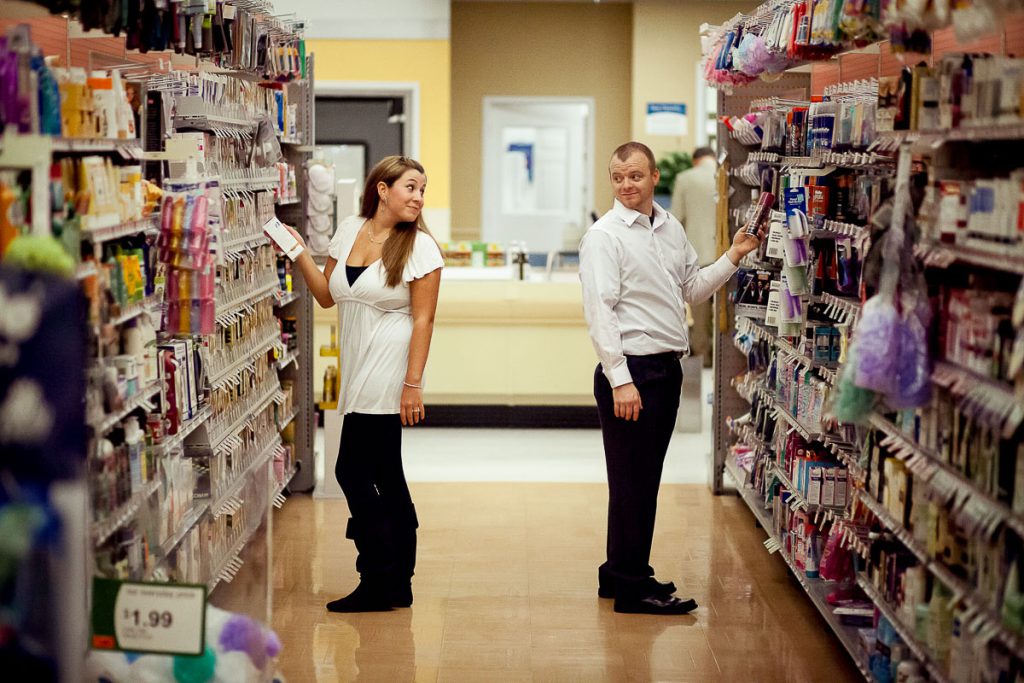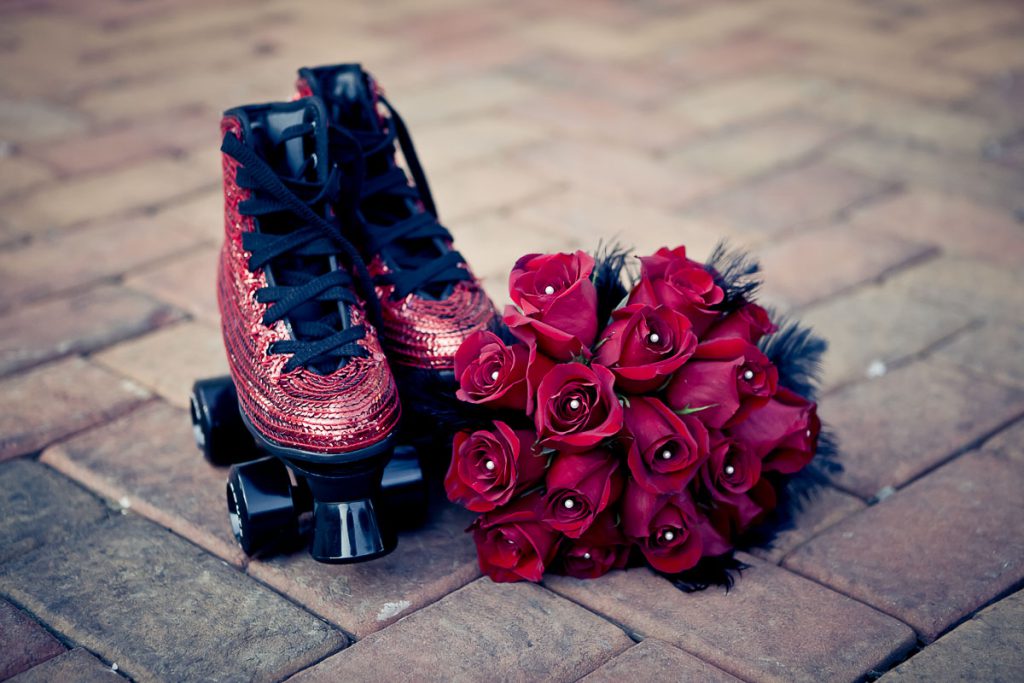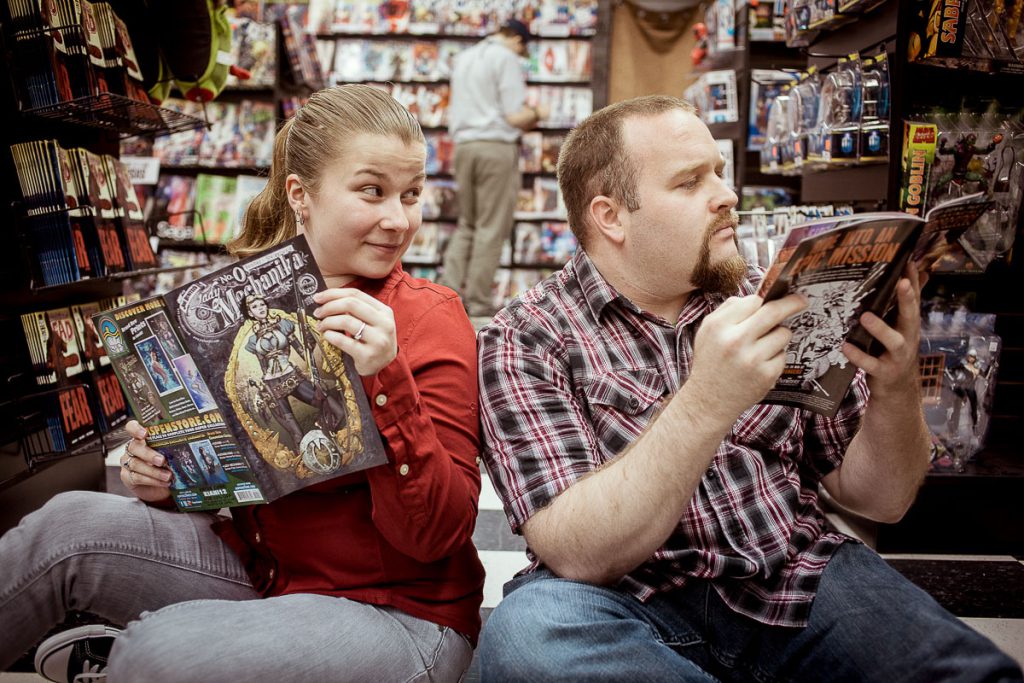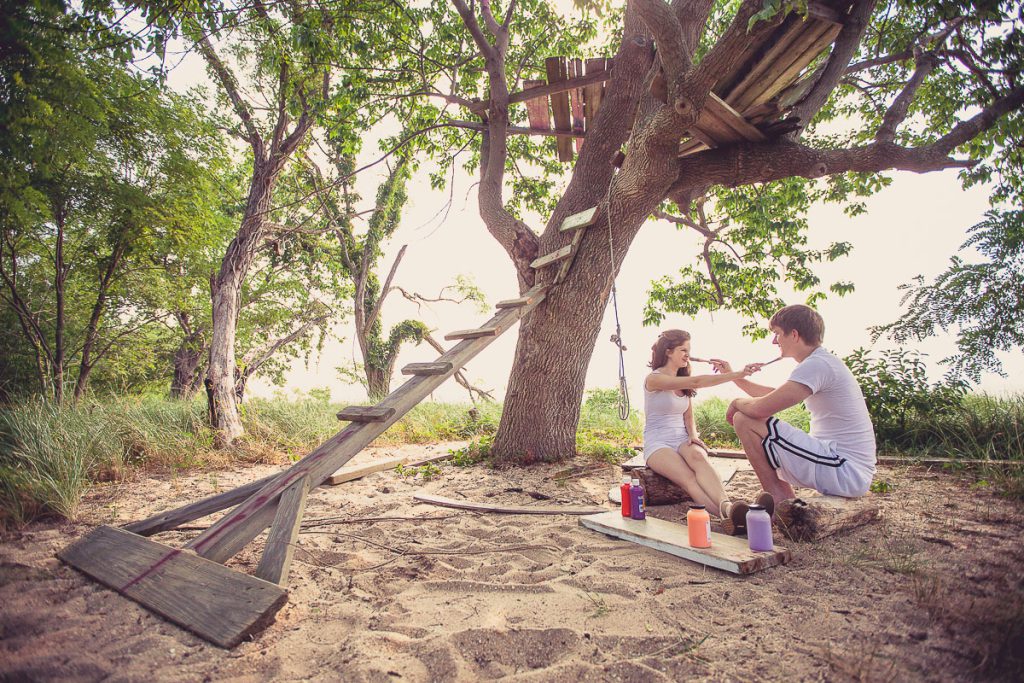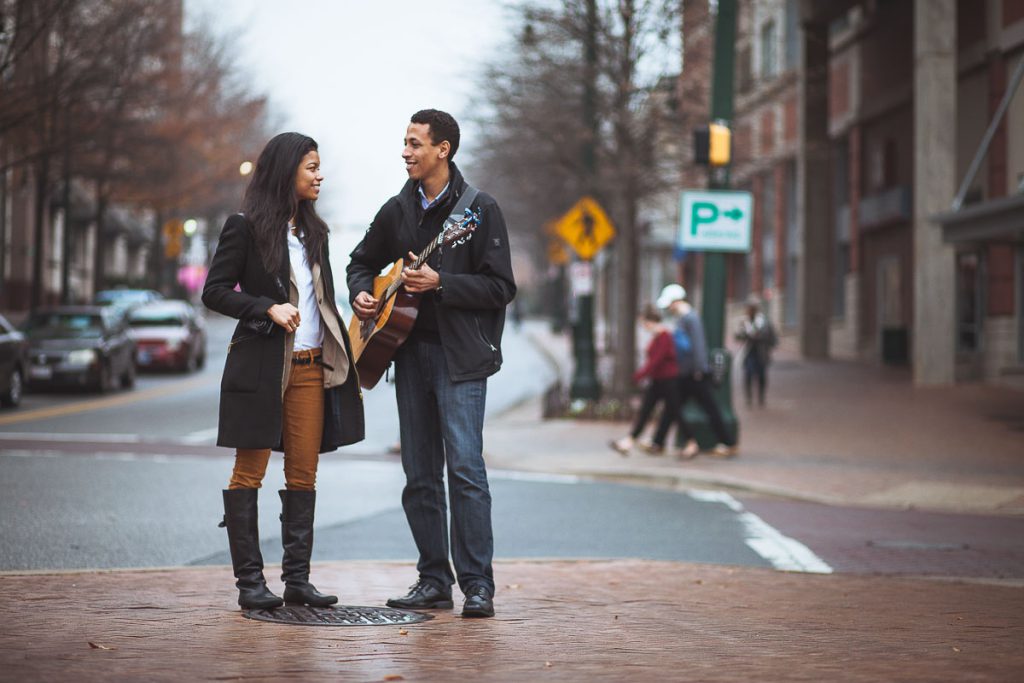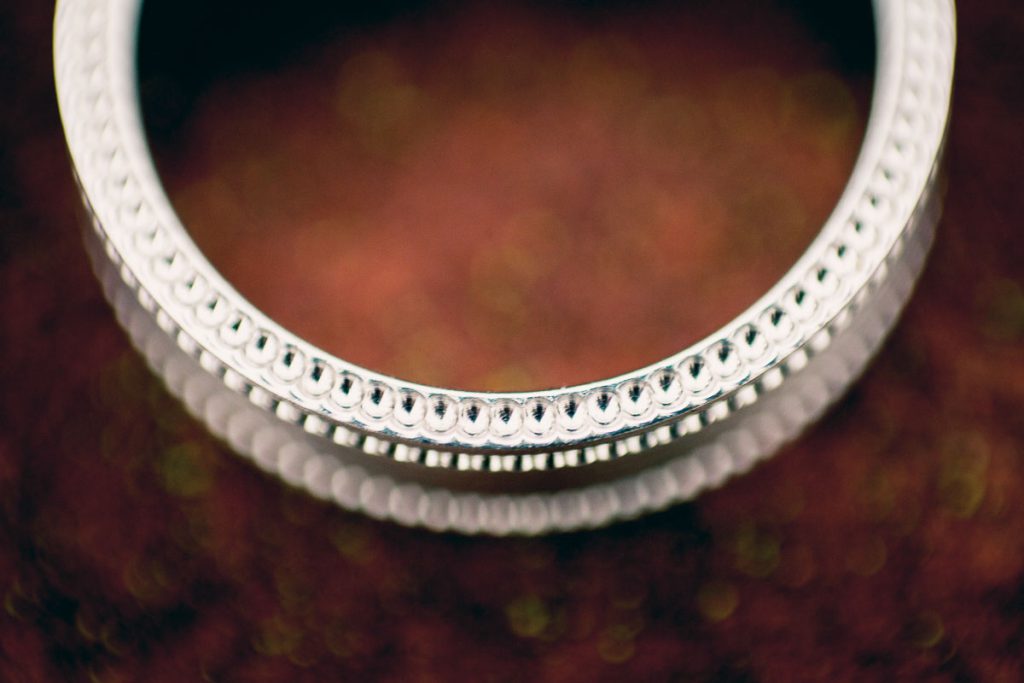I’m a wedding photographer and I see plenty of weddings. Every wedding I photograph is beautiful in the ways that matter. But right now, I want to talk about creativity. It’s more important to some people than to others. It’s my task, among other things, to preserve the representation of things you put time, energy and creativity into. And it makes me happy to know I’m doing something meaningful in my client’s lives. Through many of the weddings I’ve captured, I’ve made some observations.
But, before I go on, let me acknowledge that not everyone sees creativity as a big part of their identity. Everyone’s priorities are different, so Pinterest is great. Really, I’m not elevating one kind of engaged couple over another. It’s not the form of a wedding that makes it matter, it’s the people. Whether it’s artistry in every detail, or simply getting the details done, as long as a couple is being true to themselves and the people they care about, the wedding will be beautiful.
The brides and grooms I’m speaking to here, crave the sensation of their fingers in the clay of something new and creative. It doesn’t necessarily have to be totally unique, it just has to be theirs and they have to have gotten there themselves. They want to feel like pioneers, like they pulled together the strings of meaning from one end of their lives to the other and tied a bow.
They also want it to look really good.
Those are the people I’m speaking to here, so if that sounds like you, I’m asking you now, close your Pinterest account. At best it’s going to discourage your creative chee–which is a thing I may have just made up. It sounds good though. I digress. The point is, for you, Pinterest = ‘Creativity Lite’.
You’re not the only one inspired by that burlap wrapped, rustic-chic, lantern-lit, autumn centerpiece made out of vintage napkin holders.
But weddings are big and daunting. Without a creative guide, how are you going to make the beautiful, ambiguous shapes in your mind clear? You’re going to take a deep breath, and you’re going to stretch every creative muscle you have. You’re going to create something that knows you made it, and you’re going to smile, so, so, so, so much!
I’m going to share with you some brainstorming techniques and some ways of teasing creativity out of the real meaning in your lives. You don’t want to assign meaning, you want to find it. But first, you should know where you stand and what’s in front of you.
Creativity is a free spirit, but it might need road signs to get around.
This article isn’t about wedding planning though, it’s about creativity. I would highly recommend you read a book about wedding planning so that you’re familiar with all of the facets, options and taboos that you’ll decide to disregard. It will give you a mental map, and in many cases an actual map, which makes everything easier.
Why do I recommend a book, instead of a barrage of links to the many useful guides online? Because this is going to be your wedding.
Since you’re undertaking your very own creative endeavor, right from scratch, in many cases it’s going to be more important to make a decision than to make the best decision. There’s a lot of noise out there. You don’t need to be reading all the comments and disagreements. It’s just going to lead to second guessing how awesome your plan is. If you love the plaid table cloths, you don’t need anyone throwing arguments on that. Love what you love and be confident that the cumulative show of your creativity will be honest and beautiful.
Okay, so lets fire up some creative engines.
Do your creative planning in real life, keep a notebook.
Keep a notebook in your purse, or back pocket, or your iPhone. Carry it with you everywhere.
This a backbone principle in all the rest of these suggestions.
We go through our days, getting our work done, making sure to have leisure time with friends and family. Then, when we have time, we’ll sit down and look for inspiration on the internet. But that’s not what makes up our lives. The Us that is about to get married is created and defined in those moments throughout the day.
Personally meaningful inspiration happens in real life, and rarely in front of a computer screen.
So we’re looking for inspiration and ideas to infuse into the attitude, design, feel and experience of our wedding. Learn to look for it wherever you are, and in whatever you’re doing. Learn to notice nice feelings that come from patters, social gatherings or decor.
Write it down.
Maybe you’ve been picturing a formal wedding in a church, but when you’re paying attention, you realize you don’t really like super formal clothing, and always get the best feeling just kicking back with some close friends.
Listen, there’s a lot of inspiration in those feelings. Write them down.
Do your creative planning on dates, not at the kitchen table.
When you start to make decisions about your plan, you might be tempted to browse the internet from your kitchen table. But don’t. Go on a date. A picnic, a walk, a restaurant, a roadtrip. Go to the places you like to frequent together and make your decisions there.
“Are we serving crabcakes or roast beef sandwiches? Well, it’s been hard to decide, but you know this is the fifth roast beef sandwich I’ve ordered from this restaurant this month. I must really like them!”
“Where should we start looking for a venue? Hmm, well we sure are enjoying this picnic at the college campus, I wonder if they host weddings.”
This is an extension of planning in real life. We look for inspiration in real life, and coming to decisions in real life makes a big difference too. Most decisions ultimately come down to our gut. We aren’t able to know whether the decisions we make are the best ones, and ultimately, we have to go with what feels right–even when that’s accompanied by a bunch of good reasons. By going out and making these decisions away from the wedding fog will give our gut an edge.
Do your creative planning with mental visualizations.
For this exercise, it’s helpful to have an audio recorder. You could just use your smartphone.
Okay, go to a quiet place. Put some headphones in and play a song you love–better yet, play a song that could possibly be your first dance song. Close your eyes. You’re going to spend some time just dreaming about your wedding. Specifically about how it looks.
Take a few breaths. Notice the way your breath feels going in and out of your lungs, and at your lips and nostrils. Just do this for a minute or two.
Now imagine you’re a guest at your wedding. Imagine the feeling of the chair pressing against you, and the floor below your feet. Imagine feeling the weight of the jewelry around your neck. Imagine the feeling of wisps of hair tickling your upper back. If it gives you chills, you’re probably on the right track.
Now really try to picture it. What you see is probably mostly blobs and shapes. Try to focus on something specific. In your visualization, look over at the centerpiece. What does it look like? It might be vague, that’s okay. Speak what you see out loud.
Now look over at something else. Be specific. Discover where the light is coming from and describe it out loud as you see it in your visualization.
Do this for as long as you like, or until your mind wanders and you can’t focus on any particular mental image.
You can review the recording for inspiration straight out of your own visualizations.
You might be wondering why I suggest picturing yourself as a guest, rather than one of the people getting married. The reason is that it’s easy to cloud mental visualizations by getting stuck thinking about how something will feel in our emotions. This is an important aspect of your wedding, but when searching for creative inspiration, the ambiguity can get in the way.
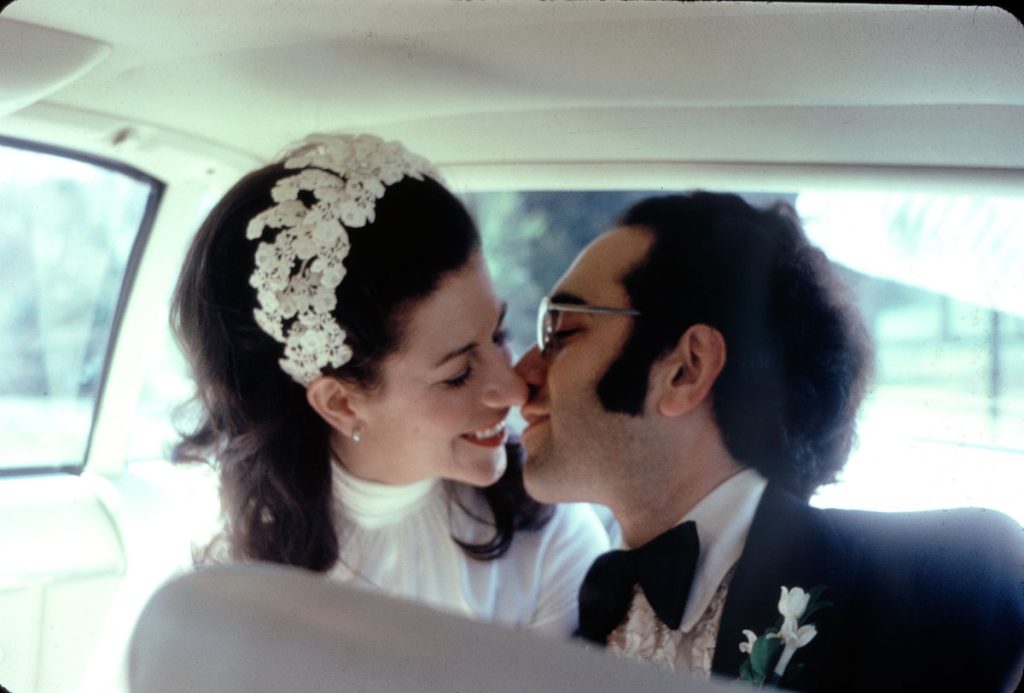
Do your creative planning in the past.
Can you discover what your parent’s wedding looked like? Your grandparent’s? Their weddings were probably very different from yours. They were most likely simpler, and certainly less expensive. There were probably fewer decorations, fewer guests and only what food their community prepared.
There were a lot of differences, for sure, but what are the similarities. What did they choose to do? The things they chose to do were probably a lot more important than the things they chose not to do. Personally important to them. They would have been limited by a lot–money, time, technology, society.
Limits, artificial as they may be, have a way of teasing out the most critical things.
Imagine you were planning your wedding at the time your mother, or your grandmother was planning hers. What do you think you’d do? What would you focus on?
For the sake of exercise, do some time traveling and place some historical limits on what you can do with your wedding. You have only $500 to get married with, your fiance is being called up from the army reserves in four months, and you have to work a factory job for 9 hours a day.
What are you going to include in your wedding with those limits?
The things you come up with here are most likely the things that are personally critical to you. They are the things that deserve special attention and care. They are the places that you might consider investing in heavily with your time and creativity.
But you can take it a step further, move forward through time a little bit and give yourself a different set of limitations. The things you come up with this time are likely to be your second tier priorities. Or maybe it creates more top-priorities. But you get the gist.
Create unnaturally tight limits, such as the ones experienced by older relatives, and find what really matters to you, what really deserves the investment of your creative energy.
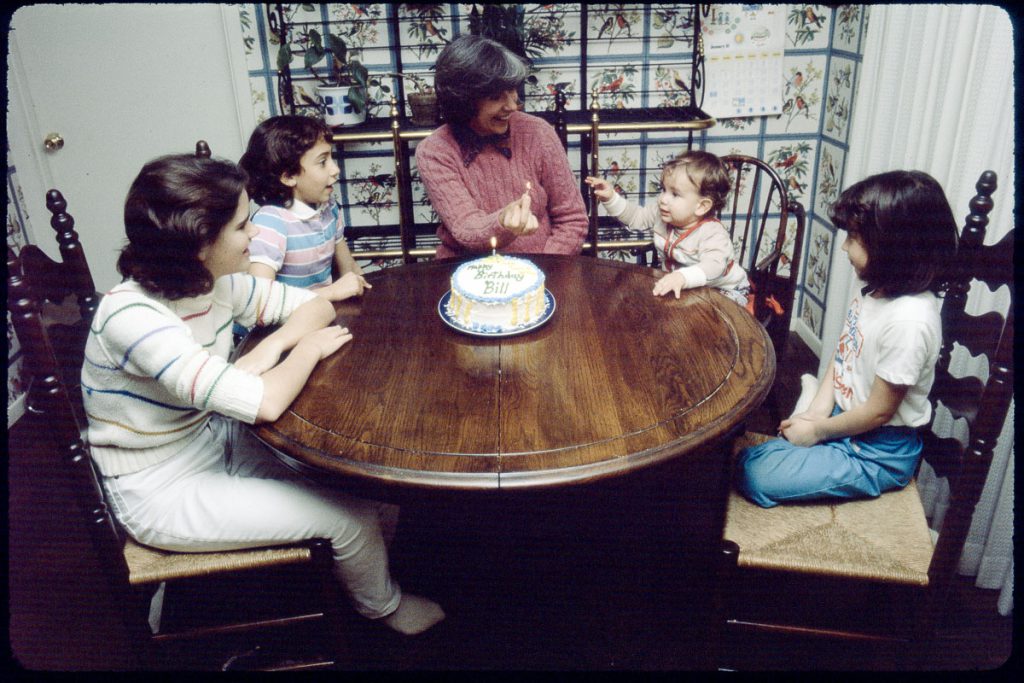
Do your creative planning with your old family photo albums.
Who are we? We are the sum of our genes, and our histories, and the people we’ve cared about and invested in, and the people who have cared about and invested in us. Authentic creativity comes from these places inside us.
Hence, some of our most potent and honest creativity can come from our past.
Use old family photo albums to take a stroll through your life experiences. See them through the vintage tones of natural film. Notice the clothing, the colors and the patterns–or lack of patterns. Notice the photos taken outside, notice those take inside.
Reminisce about the family vacation spots you have visited. Compare photos with your partner. Laugh at the silly faces, and embarrassing moments immortalized. Enjoy feeling nostalgic.
Take notes on your notepad about things that stand out, or are interesting to you. “I loved that tacky bird-patterned wall paper from when I was a kid”, “I remember the old spaceship blanket my aunt gave me always smelled like lavender”, “I had almost forgot that every year until I was a teenager mom would make an ice cream cake on my birthday”.
There’s real inspiration in those memories.
A Practical Word
You’re wedding probably isn’t going to come together if all you ever do is go on dates, take a bunch of notes and get nostalgic with some good music.
These are ideas for teasing out honest, personal creativity, rather than just recreating something a million other couples have done. You still need a pragmatic plan to pull all your ideas together and present them to your guests, and perhaps more importantly, to yourselves.
I recommend reading A Practical Wedding, which lives up to its name.
If you’d like to spend your time and energy on creativity, rather than pragmatism, I would recommend contacting AJK Events, who has consistently helped brides to pull all their ideas together without issue.

